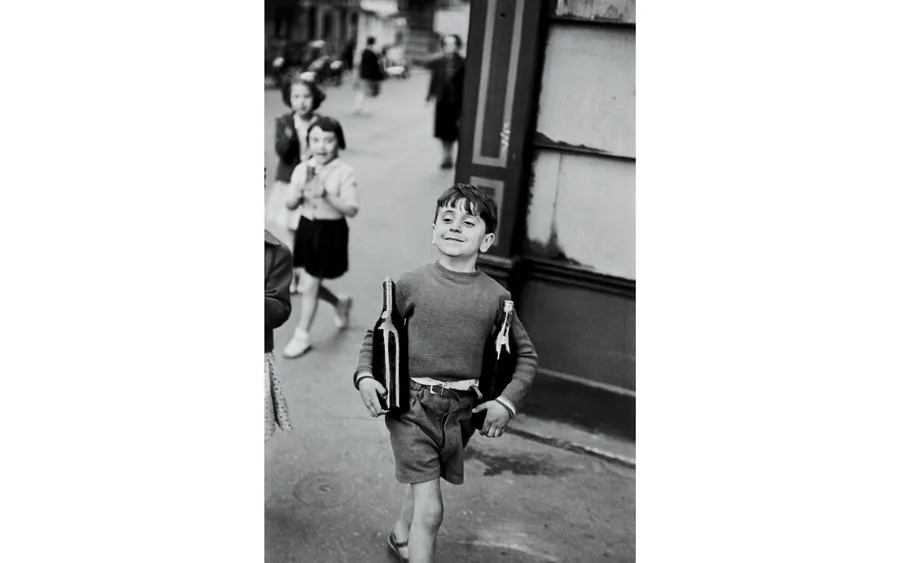
This picture of the staircase illustrates the quietness and loneliness in an urban environment with great strength. I’ve changed the image to black and white to emphasize the feelings and details of the scene. A simple use of colors not only keeps the focus on the shadows but also makes the emotions in the scene feel stronger. The blurred shadow caught by the camera highlights that the figure just walked down the road. It brings to attention how brief moments of solitude can be in a city, surrounded by constant busy life. The unreality and fade from this world resembles solitude in a chaotic society, vanishing again after not much time.
The staircase is used as a metaphor for a person’s journey of personal development. Every foot they take reminds the audience of their own journey and what they must overcome in a city. Spiritual height is portrayed by the fact that the person is not only moving upward, but by what the staircase represents, the image also brings to mind higher thoughts and seeking knowledge.
I highlighted the main character, as well as the space around him, making the scene around the man as important as the figure itself. The shapes the shadows take increase the scene’s complexity, focusing on the isolation experienced during the ascent. The contrast between light and dark surrounds the figure in isolation and at the same time makes the image pleasing. I believe the significance of my theme is clearly presented in this photograph, which makes it stand out in the series. It urges those who see it to rethink their own experiences of being alone and shows how this can mix with city living.













Recent Comments